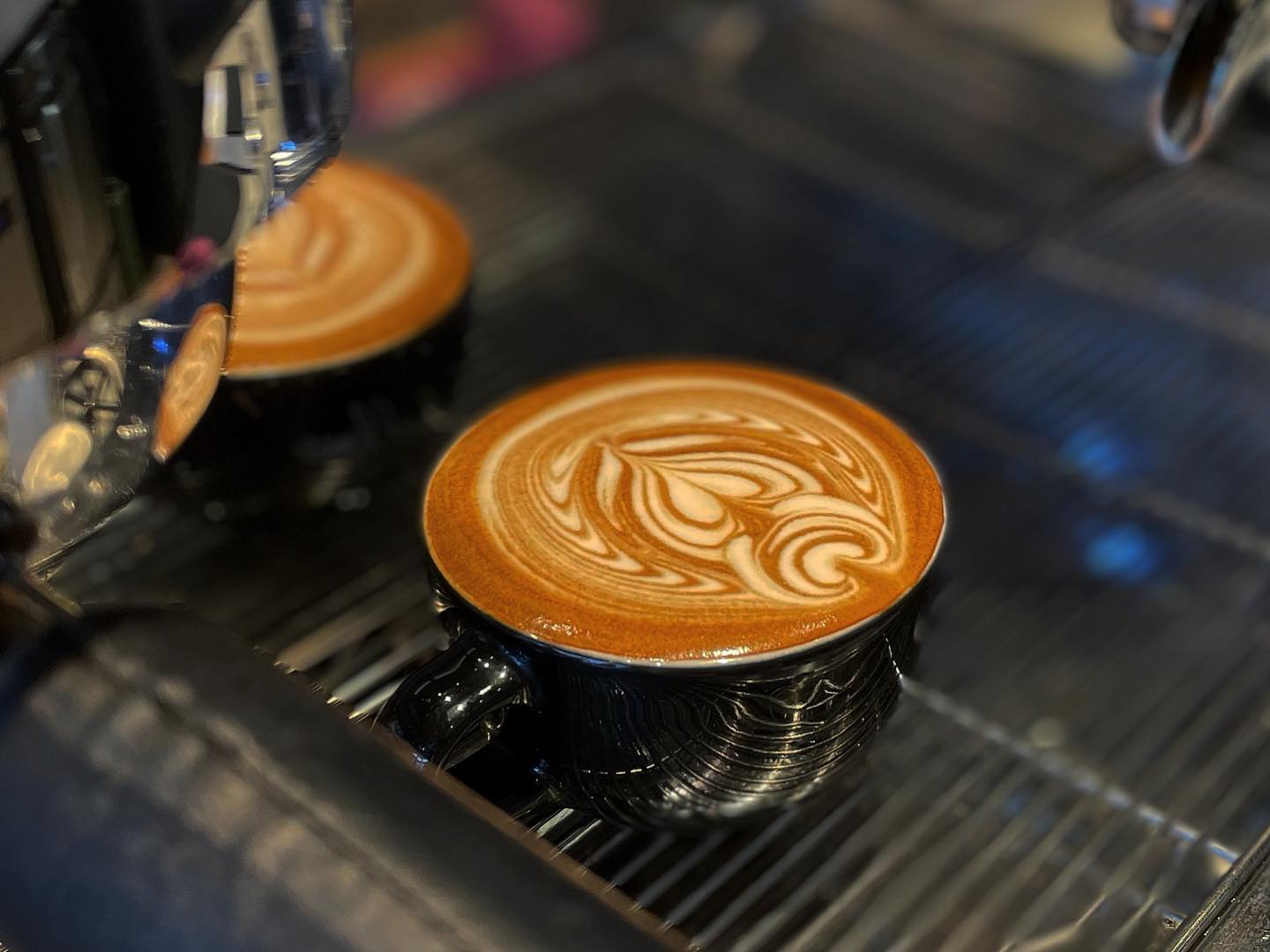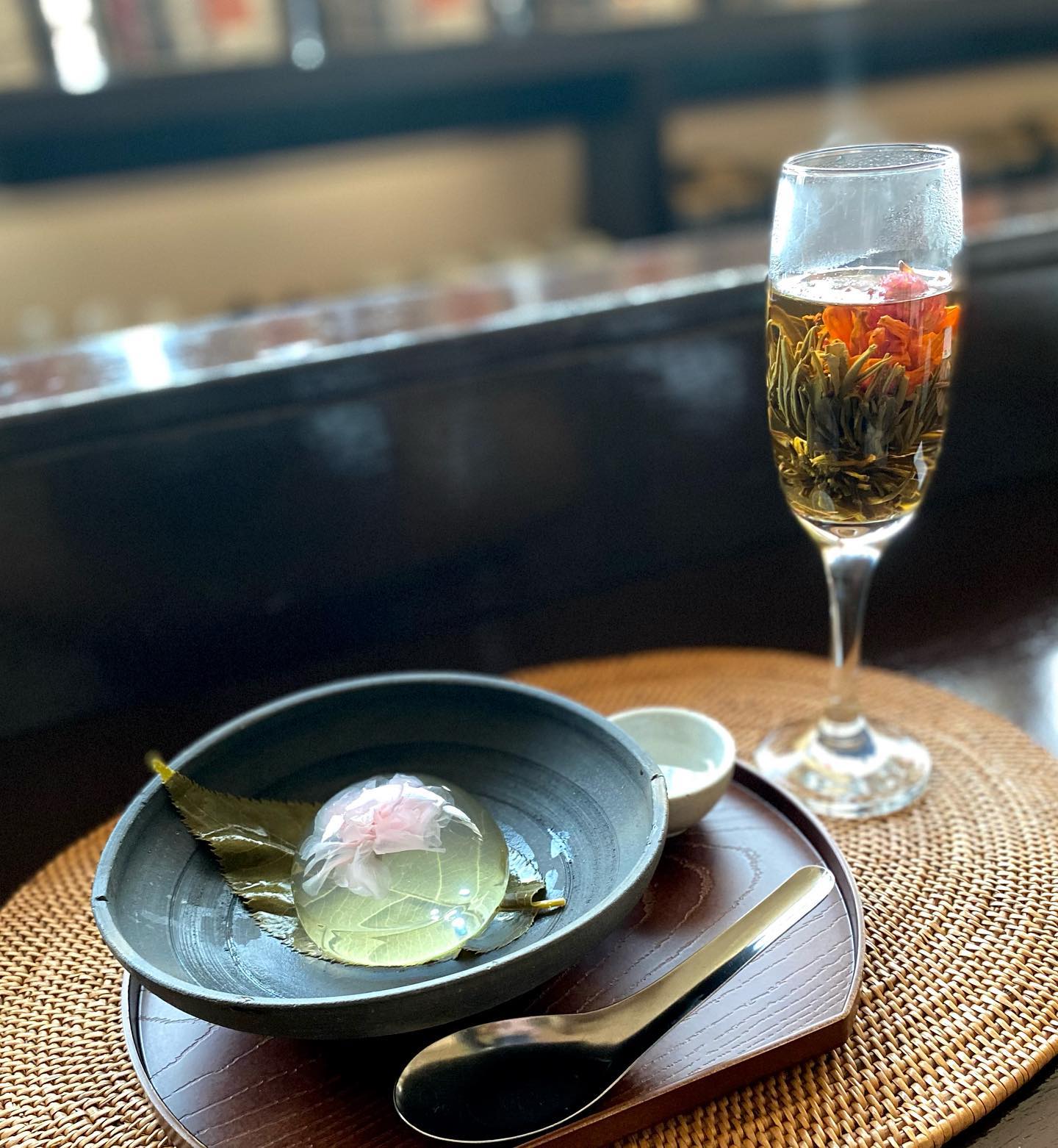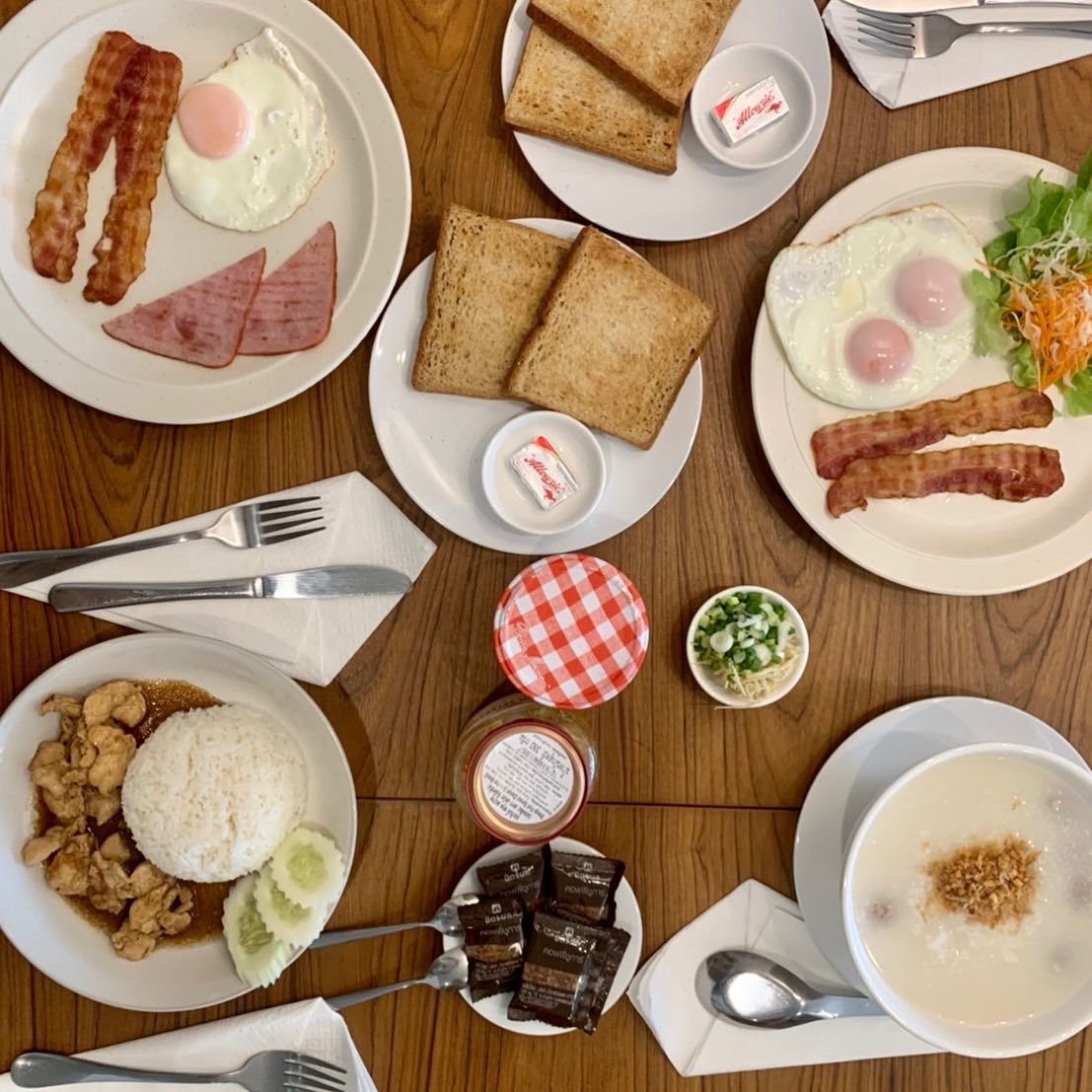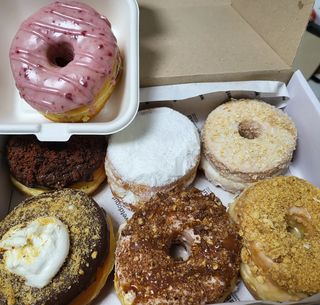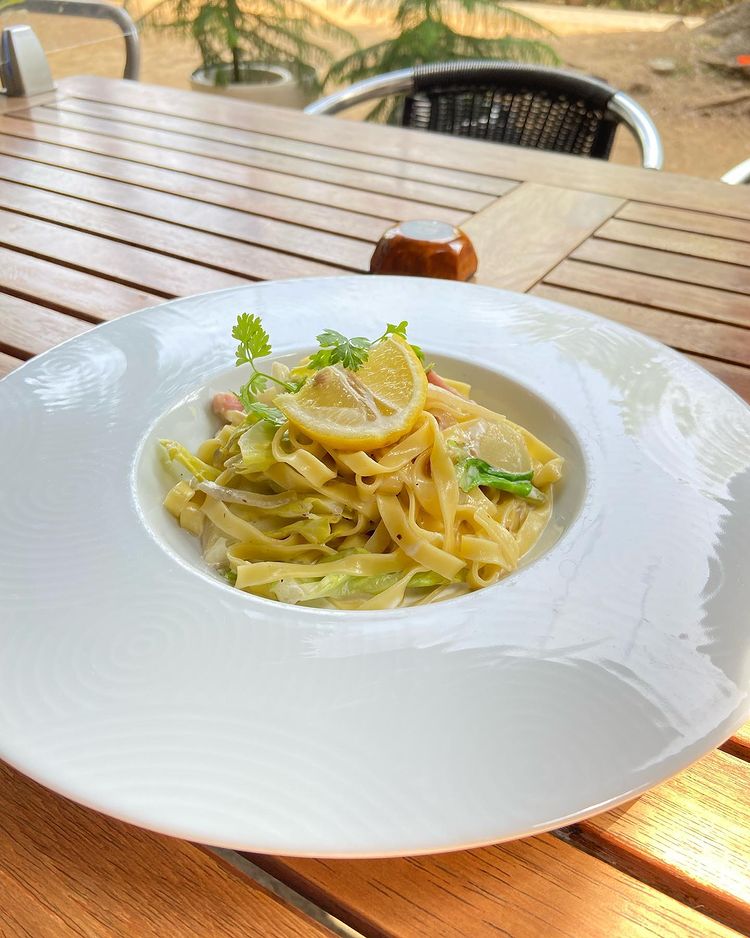Introduction
Brewing coffee isn’t just a habit—it’s a sacred ritual, a science experiment, and a source of daily joy. Whether you’re drawn to the rich immersion of a French press, the drama of a siphon brewer, or the clarity of a pour-over, learning how to use a coffee brewer properly can elevate your routine from “just another cup” to an unforgettable coffee experience. In this guide, we’ll explore tools, techniques, and trade secrets to help you master every brewing method with precision, confidence, and artistry.
Types of Coffee Brewers
Choosing the right brew method is like choosing a musical instrument—it sets the tone and rhythm of your daily ritual. Here are the most beloved brewers, each offering its own personality:
- Drip Coffee Makers: Reliable, easy, great for busy mornings
- French Presses: Deep, bold, and unfiltered character
- Siphon Coffee Brewers: Visual theater with scientific precision
- Pour-Over Drippers: Delicate, clean, and aromatic
- Cold Brew Systems: Slow, smooth, and sweet
- Espresso Machines: For intense espresso shots and milk-based drinks
Each method brings out different flavor notes, body, and texture. The goal is not just brewing—it’s expression.
Basics of Drip Coffee Makers
The most common home brewer, a drip coffee machine automates the process by heating water and letting it drip through coffee grounds held in a paper filter or mesh filter. It collects in a glass carafe or thermal carafe, keeping your brew warm on a hot plate or warming plate.
Quick Tips:
- Use a medium grind from a burr coffee grinder for even extraction
- Use cold-filtered water or distilled water to avoid off-flavors and mineral deposits
- Aim for a coffee-to-water ratio of 1–2 tablespoons per 6 fl oz
- Brands like Blue Bottle Coffee or Trade Coffee offer perfect blends for drip brewing
Exploring French Press Brewing
The French press offers a robust, full-bodied brew thanks to its total immersion process. It’s simple, but the results are rich.
How to use:
- Add coarsely ground coffee to the beaker
- Pour in hot water (not boiling) and stir gently
- Steep for 4 minutes
- Press the plunger down slowly
- Pour and enjoy every bold, aromatic sip
Flavor Profile: Earthy, round, and textured—perfect for specialty coffees with chocolate or nutty undertones.
Siphon Coffee Brewer Techniques
Siphon brewing is part art, part science—a favorite among coffee connoisseurs and culinary food science nerds alike. Devices like the Hario Technica 3 Cup create a dramatic visual with vapor pressure and vacuum suction.
Brewing with a siphon:
- Heat water using a halogen lamp, cloth wick alcohol burner, or butane burner
- As water rises, add medium-fine coffee grounds
- Stir gently, then let it steep for 1–1.5 minutes
- Remove heat; brewed coffee filters back down through a cloth or metal filter
Why it’s special: It showcases even the most subtle flavor notes in single-origin coffee, delivering clarity with complexity.
Mastering Pour-Over Drippers
The pour-over is a minimalist masterpiece—ideal for clarity, precision, and intentional brewing. Great pour-over tools include the:
- Hario V-60: Bright acidity and clarity
- Kalita Wave 185: Balanced body and even extraction
- Chemex Six Cup Classic Series: Smooth, clean brews perfect for brunch
How to use:
- Rinse your paper filter to eliminate paper taste
- Add your coffee (medium-fine grind)
- Bloom the grounds with a small pour of water
- Slowly pour in concentric circles using a gooseneck kettle
- Brew time: ~3–4 minutes
Flavor Profile: Elegant, aromatic, and pure.
Essential Supplies for Coffee Brewing
To brew like a barista, you need more than a machine. Here’s your arsenal:
- Fresh coffee beans – prioritize single-origin or flavored coffee beans
- Burr grinder for consistent particle size
- Filters: paper filter, mesh filter, or permanent filters
- Gooseneck kettle for flow control
- Gram scale for perfect brewing ratios
- Cold-filtered water or a water filter
- Airtight container for storage
- Optional: coffee subscription to keep your shelf exciting
Choosing the Right Coffee Beans
- Light roasts for pour-over and siphon
- Medium roasts for drip and French press
- Dark roasts for espresso and cold brew
- Look for roast dates and avoid anything stale
- Explore blends from Spro Coffee Lab, Blue Bottle Coffee, or Trade Coffee
Importance of Fresh Ground Coffee
Coffee begins to lose its soul the moment it’s ground. Always grind fresh with a burr coffee grinder, adjusting the grind size depending on your method. Store beans in an airtight container away from light and heat to preserve volatile oils and aroma.
Selecting Filters: Permanent vs Paper
- Paper filters (Chemex, Hario) produce a clean cup but can trap oils
- Mesh or stainless-steel filters (French press, some pour-overs) allow for richer body
- Rinse paper filters to avoid off-flavors
- Permanent filters are eco-friendly and cost-effective over time
Basic Steps in Using a Coffee Brewer
Measuring Coffee and Water Accurately
Use a gram scale to weigh your inputs:
- General rule: 1g of coffee per 15–17g of water
- Start with 25g coffee to 400g water for a single mug
- Adjust based on brew method and bean strength
Controlling Water Temperature
Water that’s too cool under-extracts. Too hot? It scalds. The magic number is 195–205°F. Use a kettle with temperature control or a thermometer to nail it.
Timing Your Brew for Optimal Flavor
- Drip: 5–6 minutes
- French Press: 4–5 minutes
- Pour-over: 2.5–4 minutes
- Siphon: 1–1.5 minutes steep + draw-down
Use timers for accuracy—coffee is chemistry, and timing affects every chemical reaction in the cup.
Advanced Brewing Techniques and Tips
Experimenting with Grind Size and Brew Time
Fine-tune flavor by tweaking these two factors:
- Coarse + longer brew = smoother body
- Fine + shorter brew = brighter acidity
Log your experiments like Rich Lee or follow community BREWING GUIDES to refine your personal style.
Tips for Enhancing Flavor Profiles
- Add a pinch of sea salt to reduce bitterness
- Use cinnamon, orange zest, or granulated sugar to complement certain beans
- Try iced versions or cold brew methods for hot weather
- Pair with experimental mocktails for weekend flair
Best Practices for French Press and Pour-Over
- For French press: stir once, then press gently
- For pour-over: don’t flood—pour in slow, steady spirals
- Preheat carafes and mugs to preserve coffee taste
- Let brewed coffee rest 30 seconds before pouring—it clarifies beautifully
Checkout: Top 5 Coffee Shops in Rhyl
Equipment Maintenance and Care
Regular Cleaning and Descaling
- Rinse your brew basket, carafe, and filter after each use
- Descale monthly with vinegar or a descaling agent
- Avoid soap on brewing parts—residue affects flavor
- Remove and dry all parts to prevent mildew and mineral deposits
Proper Storage of Coffee and Equipment
- Store beans in dark, cool, dry locations
- Avoid fridges (moisture!) and clear jars (light!)
- Disassemble and store equipment only after full drying
- Replace filters and worn parts regularly
Know More: How to Descale Your DeLonghi Coffee Machine
Matching Coffee Types with Brewing Methods
Ideal Coffee Types for Each Brewing Method
- French Press: Medium-dark roast with nutty or chocolatey tones
- Pour-Over: Floral, citrus-forward single-origin light roasts
- Siphon: Rare, delicate beans with subtle flavor notes
- Drip: Versatile blends with caramel, fruit, or spice hints
- Cold Brew: Dark, smooth roasts for sweet, low-acid flavor
Read More: How to Make a Coffee Frappe
Troubleshooting Common Coffee Brewing Issues
Addressing Bitter or Weak Brew
- Bitter: Too fine a grind, too hot water, or too long steep
- Weak: Not enough coffee, too coarse a grind, or under-steeping
- Fix your coffee-to-water ratio or try fresh beans
Dealing with Equipment Malfunctions
- Drip coffee not flowing? Check your filter basket or water filter
- Siphon not drawing down? Check seals and filters
- Pour-over too slow? Grind is too fine
- Espresso not extracting? Try descaling and resetting pressure
More About: How to Clean a Sage Coffee Machine
Community Tips and Expert Advice
Insights from Coffee Enthusiasts
- Rich Lee recommends keeping a coffee journal to document taste and ratios
- The Specialty Coffee Association (SCA) provides certified tutorials and guides
- Join mailing lists for exclusive special offers and expert roaster releases
- Share your brews in forums or on social—your next favorite tip might come from a stranger halfway around the world
Checkout: How to Use a Coffee Percolator
Brewing coffee is about more than caffeine. It’s a moment of reflection, a canvas for creativity, and a way to bring a little daily excellence into your life. Master your method, honor your beans, and every morning will begin with clarity, calm, and just the right kick.
Frequently Ask Questions (FAQ’s)
The ideal coffee-to-water ratio depends on your brew method, but a common starting point is 1:15 to 1:17 (1 gram of coffee per 15–17 grams of water).
French Press: 1:15
Pour-Over: 1:16
Drip Coffee Maker: 1–2 tablespoons per 6 fl oz
Siphon: 1:15 or finer adjustment depending on bean strength
Use a gram scale for precision, especially when brewing with lighter roasts or specialty coffees.
Paper filters provide a clean, crisp cup by removing most oils and sediment but can absorb some flavor.
Mesh filters allow more oils through, giving your coffee a richer body.
Permanent filters are reusable and eco-friendly but require thorough cleaning to avoid residue buildup.
For pour-over and drip systems, your choice will affect the clarity and mouthfeel of your brew.
Bitter taste: Over-extraction caused by too fine a grind, too hot water, or overly long brew time.
Sour taste: Under-extraction caused by too coarse a grind, too cool water, or insufficient brew time.
Adjust your grind size, brewing ratio, and water temperature (aim for 195–205°F) to balance flavor.
French Press: Coarse grind
Drip Coffee Maker: Medium grind
Pour-Over (Hario/Chemex): Medium-fine to medium
Siphon: Fine to medium-fine
Always grind fresh with a burr coffee grinder for consistent particle size, and store beans in an airtight container.
Daily: Rinse brew basket, carafe, and filters after each use
Weekly: Wash all removable parts with mild soap and water
Monthly: Descale with a mix of vinegar and water or a commercial descaler to remove mineral deposits
Clean equipment ensures better coffee taste, maintains your brewer’s longevity, and prevents buildup of old oils and residue.
